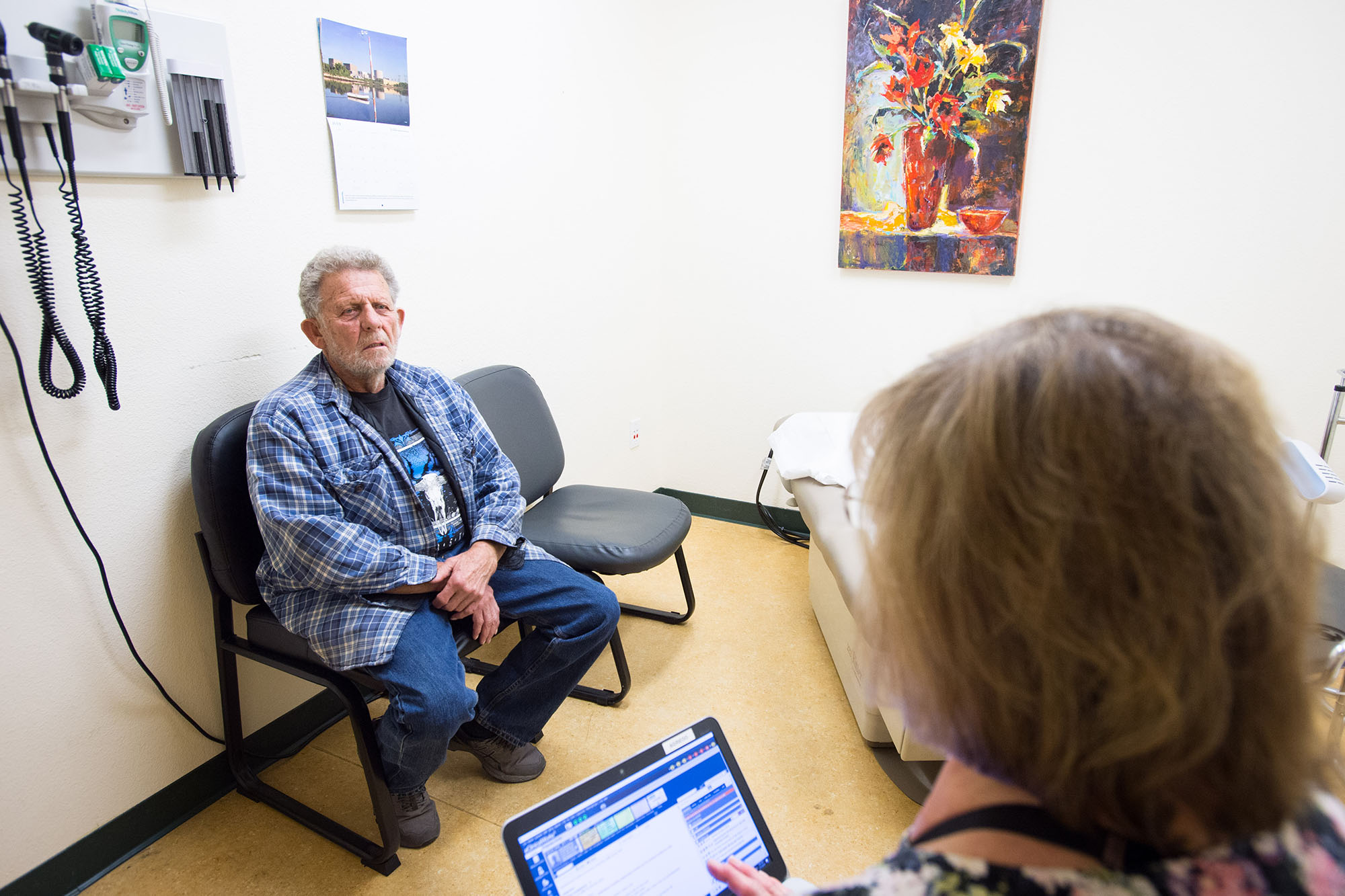
On November 10, the Supreme Court heard oral arguments in California v. Texas, the third time a major legal challenge to the Affordable Care Act (ACA) has reached the high court.
This case could unravel the US health care system. If the next Congress doesn’t change the law and the high court overturns the ACA, about 21 million people who buy health insurance through ACA health insurance exchanges or who gained coverage under the law’s expansion of Medicaid eligibility could lose their health care.

“The marketplaces and Medicaid expansion would go away, along with billions of dollars in federal funding, and the law’s protections for preexisting conditions would be removed,” said Benjamin Sommers, MD, PhD, a professor of health care economics at the Harvard T.H. Chan School of Public Health, in an interview for the school’s website. “During a pandemic, it’s hard to imagine a worse public health decision.”
The justices’ lines of questioning (PDF) during the two-hour session offered some hope that the ACA will not be struck down. Among the justices who before the hearing were thought to be most receptive to arguments for overturning the law, some indicated they do not believe the plaintiffs have standing to challenge the individual mandate provision requiring people to obtain coverage. Others signaled that the mandate could be ended without bringing down the entire law.
Meeting by telephone conference, the nine justices were joined by California Solicitor General Michael J. Mongan representing California and a coalition of 20 other states fighting to preserve the law, former US solicitor general Donald B. Verrilli Jr. representing the US House of Representatives, Texas Solicitor General Kyle D. Hawkins representing Texas and 17 other states challenging the ACA, and acting US solicitor general Jeffrey B. Wall representing the US Department of Justice (DOJ).
Here is a look at the three issues core to the case: standing, constitutionality of the individual mandate, and severability of the mandate.
Standing
Much of the oral argument centered on the concept of standing, which is the ability of the plaintiff to demonstrate that they have sustained direct injury or harm from the challenged law or action that the court could redress. In this case, the plaintiffs are a coalition of Republican state attorneys general led by Texas and supported by the DOJ, as well as two individuals. If the justices determine that the plaintiffs do not have standing, they could dismiss the case.
The individual mandate subjected most individuals to a tax penalty if they did not obtain health coverage. In 2017, Congress zeroed out the ACA’s individual mandate penalty. The law’s defenders, Mongan and Verrilli, argued that this action rendered the mandate toothless because the plaintiffs face no risk of government action against them for noncompliance. Justice Clarence Thomas also noted that “the mandate no longer has an enforcement mechanism, which makes it difficult to see an injury or threat against the states,” ACA expert Katie Keith, JD, MPH, wrote in Health Affairs.
Hawkins “argued that the mandate may increase costs by causing more people to enroll in Medicaid and that provisions related to the mandate may impose administrative requirements on states,” Timothy S. Jost, JD, an emeritus professor at the Washington and Lee University School of Law, wrote on the Commonwealth Fund’s blog.
Chief Justice John Roberts challenged this assertion by asking if a plaintiff would have standing to challenge a law requiring people to mow their lawn each week when the fine for violating it is $0.
Justice Amy Coney Barrett, the newest member of the court, asked whether the individual challengers had sued the right defendants, Susannah Luthi and Josh Gerstein reported in Politico. “Doesn’t it seem that Congress is the one who injured the individual plaintiffs?” Barrett said. “You cannot sue Congress.”
Constitutionality
In the 2012 case National Federation of Independent Business v. Sebelius, the Supreme Court upheld the constitutionality of the individual mandate as a tax while also declaring it to be unconstitutional as a command to buy health insurance.
A key question in California v. Texas is whether the mandate remains constitutional now that Congress has reduced to zero the penalty for failure to obtain insurance. Hawkins argued that since the mandate no longer raises revenue, it can no longer be justified as a tax and is therefore unconstitutional, Adam Liptak reported in the New York Times.
Justices Brett Kavanaugh and Neil Gorsuch indicated their skepticism that the mandate could still be upheld as a tax when it no longer raises any revenue, according to the National Law Review.
But Justice Elena Kagan argued that the mandate, deemed constitutional in 2012, became less coercive with Congress’s action in 2017. “How does it make sense to say that what was not an unconstitutional command before has become an unconstitutional command now, given the far lesser degree of coercive force?” she asked.
Severability
If the justices rule that the plaintiffs have standing and that the individual mandate is unconstitutional, it follows that they must determine whether it is severable from the rest of the ACA.
Verrilli argued that time has shown that the individual mandate is not crucial to the success of the health law. The ACA included both carrots, like subsidies, and the stick that was the mandate, Liptak wrote. “It’s turned out the carrots worked without the stick,” Verrilli said.
SCOTUSblog reported that “both Roberts and Kavanaugh made statements suggesting that if the mandate were struck down, they were inclined to leave the rest of the law in place.”
“I think it’s hard for you to argue that Congress intended the entire act to fall if the mandate were struck down when the same Congress that lowered the penalty to zero did not even try to repeal the rest of the act,” the chief justice said. “I think, frankly, that they wanted the court to do that, but that’s not our job.”
Justice Samuel Alito questioned the need for the mandate to keep the ACA functioning. “At the time of the first case there was strong reason to believe that the individual mandate was like a part of an airplane that was essential to keeping the airplane flying,” he said. “But now the part has been taken out and the plan has not crashed.”
The court’s liberal bloc — justices Stephen Breyer, Sonia Sotomayor, and Kagan all indicated their support for the health law.
Awaiting Ruling
The court could rule in any number of ways. It could dismiss the lawsuit on the grounds that the plaintiffs lack standing. It could rule that the mandate remains constitutional or declare that it is now unconstitutional but severable from the rest of the ACA. The court could rule that the mandate is unconstitutional and inseverable, meaning that some or all of the rest of the law must be invalidated too.
While it is difficult to discern from the oral arguments alone exactly how the justices will rule, Keith wrote that “it seems unlikely that the court will strike down the entire ACA alongside the individual mandate based on severability doctrine.”
A ruling is expected in the spring at the earliest and no later than early July 2021.
Essential Coverage will be back on December 7. Until then, email me. Have a great Thanksgiving!
Authors & Contributors





